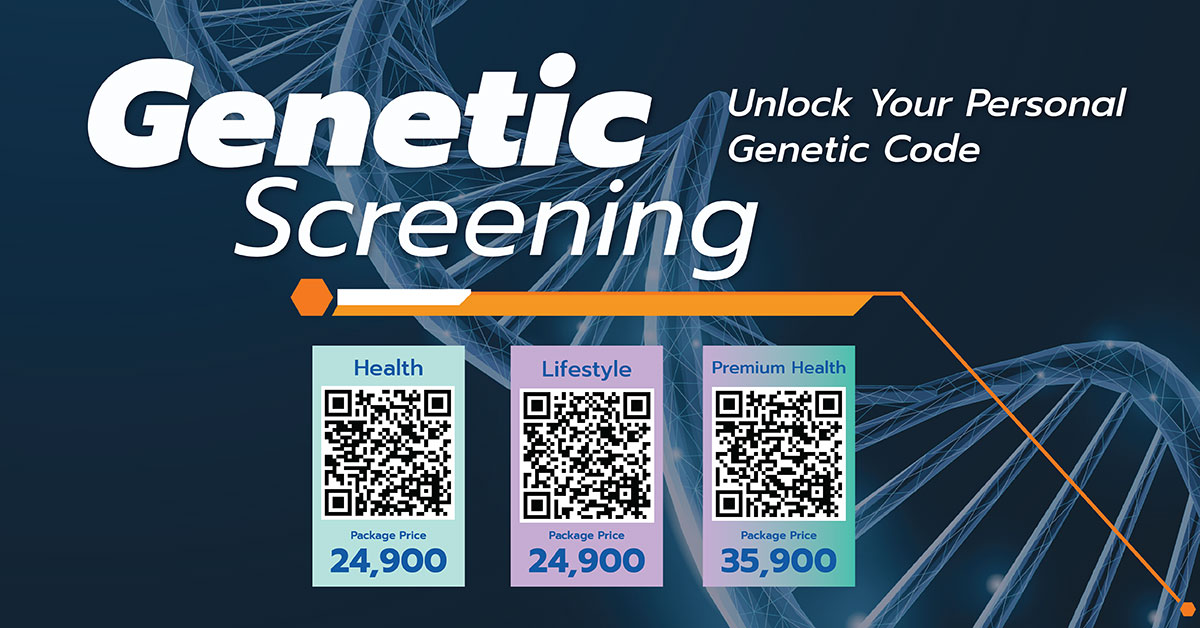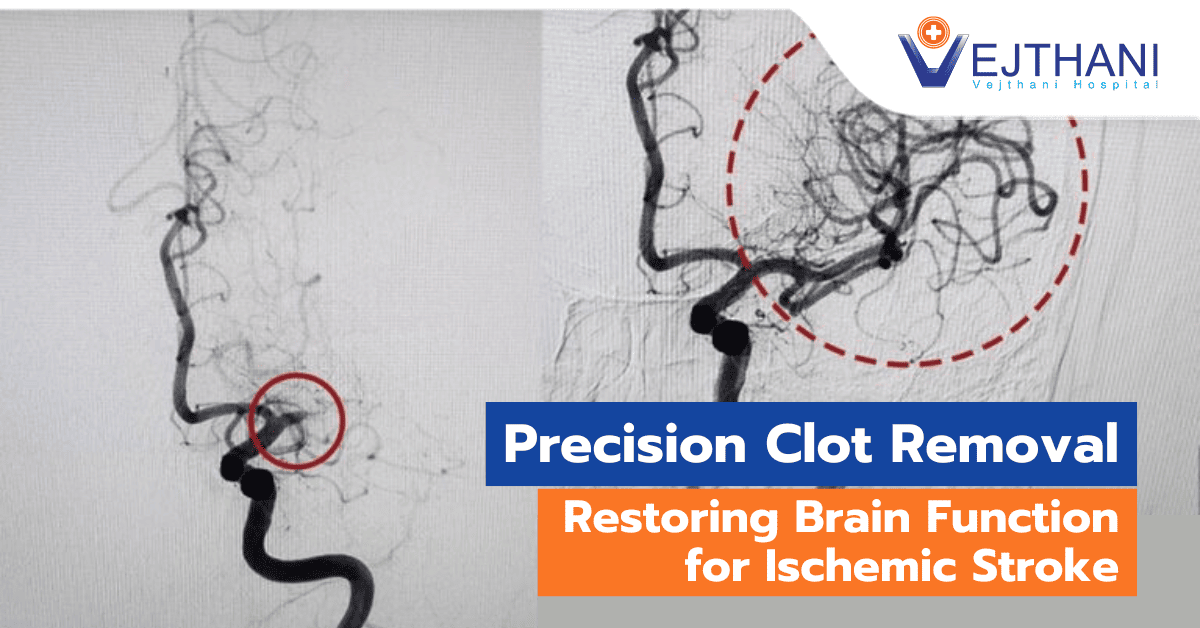
Pruritus
Diagnosis
The following will assist the healthcare provider to properly diagnose pruritus:
Physical examination: A thorough physical examination and discussion of your medical history are the initial steps in determining the cause of pruritus. If your healthcare provider suspects a medical issue as the cause of your itchy skin, confirmatory tests may be recommended.
Blood test: A complete blood count may reveal signs of an underlying condition, such as anemia, which could be contributing to your itching.
Liver and kidney function tests: Itching can be a symptom of thyroid issues such as hyperthyroidism, as well as liver or kidney problems.
Imaging tests: If you have itchy skin and enlarged lymph nodes, a chest X-ray can help identify any underlying conditions.
Skin biopsy: A skin biopsy may be performed to determine the specific skin problems causing the itchiness. During this procedure, a small sample of skin is taken and examined under a microscope.
Treatment
Each person’s experience with itching (pruritus) is unique, and treatment approaches differ based on the underlying cause of your symptoms. The primary aim of treatment is to address the cause of the itching. Your healthcare provider may recommend prescription medications or alternative therapies if home remedies fail to provide relief. Managing itchy skin symptoms can be challenging and may require ongoing treatment.
Some options include:
- Corticosteroid creams and ointments: Your healthcare provider might recommend applying a medicated cream or ointment to areas of your skin that are itchy and swollen. Following that, you could cover the treated area with a damp cotton cloth. Moisture helps to cool the skin and enhances the absorption of the cream. Your healthcare provider may recommend the following nighttime regimen if you experience severe or persistent itching. After 20 minutes of simple, lukewarm bathing, apply triamcinolone 0.25% to 0.1% ointment over damp skin. This helps the medication absorb by retaining moisture. So put on your pajamas. For several evenings, repeat this process before going to bed.
- Other creams and ointments: Additional skin treatments include calcineurin inhibitors like pimecrolimus and tacrolimus. Alternatively, topical anesthetics, capsaicin cream, or doxepin cream might provide some comfort.
- Oral medicines: Your healthcare provider may recommend various medications to alleviate pruritus, which could include antihistamines, oral steroids, and immunosuppressant drugs like cyclosporine A. Selective serotonin reuptake inhibitors (SSRIs), a class of antidepressants, may be useful in treating some chronic itching conditions. Sertraline and fluoxetine are two SSRI examples. Tricyclic antidepressants, such doxepin, are an additional choice. Some of these medications may not start to take effect for 8 to 12 weeks after treatment begins.
- Light therapy (phototherapy): Phototherapy is the application of a particular kind of light to the skin. For some who are unable to take oral medications, this may be a useful alternative. It is probable that several phototherapy sessions will be required until the irritation subsides.























